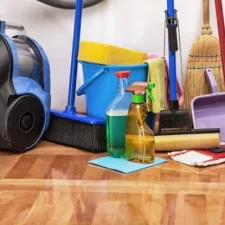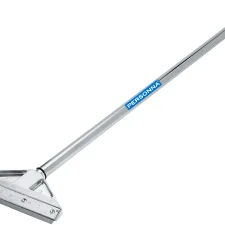Are you on the hunt for the best buyers agent in Brisbane? Look no further! In this comprehensive guide, we will walk you through the essential steps to help you find the perfect buyers agent who will not only meet but exceed your expectations. So, let’s dive right in and discover how you can make the home-buying process a breeze. Looking for the best buyers agent Brisbane? Your search ends here!

Why You Need a Buyers Agent in Brisbane
Before we delve into the details, let’s address the crucial question: Why do you need a buyers agent in Brisbane? The answer is simple – they are your key to unlocking the doors of your dream home. Here’s why:
Expertise in the Brisbane Market
Brisbane’s real estate market can be a maze of options and opportunities. A skilled buyers agent knows this market like the back of their hand. They can provide you with insights on the best neighborhoods, upcoming developments, and properties that align with your preferences and budget.
Save Time and Effort
Searching for a property is a time-consuming process. From scouring listings to attending open houses, it can quickly become overwhelming. A buyers agent takes the burden off your shoulders by identifying suitable options and scheduling viewings, saving you precious time and effort.
Negotiation Power
When it comes to negotiations, having an experienced buyers agent in your corner can make all the difference. They are skilled negotiators who can secure the best possible deal for you, ensuring you get value for your money.
Access to Exclusive Listings
Many properties in Brisbane are never listed publicly. Buyers agents have access to these off-market listings, giving you a significant advantage in finding unique and desirable homes.
How to Choose the Best Buyers Agent
Now that you understand the importance of a buyers agent, let’s explore how to choose the best one for your needs:
1. Research Extensively
Start by researching buyers agents in Brisbane. Look for those with a proven track record, excellent client reviews, and a deep understanding of the local market.
2. Interview Multiple Agents
Don’t settle for the first buyers agent you find. Interview at least three agents to assess their communication skills, knowledge, and compatibility with your requirements.
3. Check References
Request references from past clients to gain insights into the agent’s performance. Were they satisfied with the service provided? Did the agent help them find their ideal property?
4. Discuss Fees
Ensure you are clear on the agent’s fee structure from the beginning. Understand how and when they expect to be compensated for their services.
5. Communication is Key
Effective communication is vital in this partnership. Choose an agent who listens to your needs and provides prompt and transparent updates throughout the process.
Wrapping Up
In conclusion, finding the best buyers agent in Brisbane can significantly simplify your home-buying journey. Their expertise, negotiation skills, and access to exclusive listings can make your dream home a reality.
So, if you’re ready to embark on this exciting adventure, start your search for the perfect buyers agent today. With the right professional by your side, you’ll be unlocking the doors to your new Brisbane home in no time.


:max_bytes(150000):strip_icc()/charlotablunarova-com-M0FIbfxhK64-unsplash-255b2e6e7b524fe1aa895d817a6cb460.jpg)













